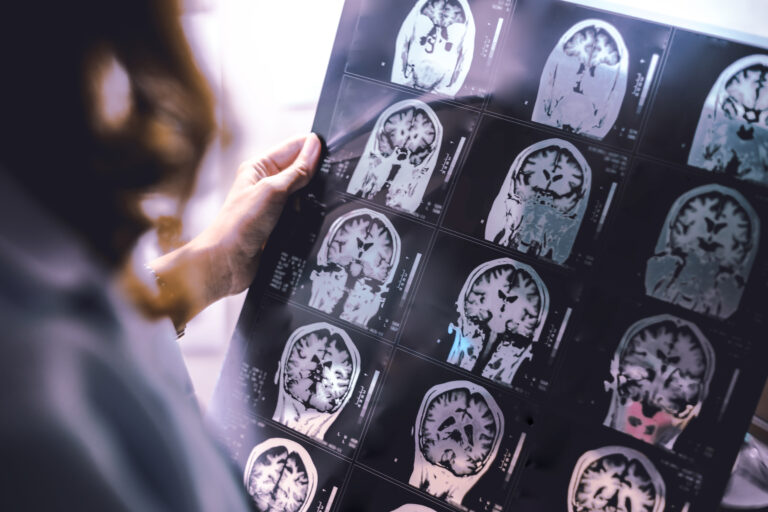A cardiac CT angiogram (CCTA) is a specialized imaging test that uses X-rays to visualize the coronary arteries and assess for blockages or other heart-related issues. Because it relies on X-ray technology, it involves exposure to ionizing radiation, which is an important consideration for both patients and healthcare providers.
The amount of radiation in a cardiac CT angiogram varies depending on several factors such as the type of CT scanner used, scanning protocols, patient size, heart rate control during the scan, and technological advances aimed at dose reduction. Typically, the effective radiation dose from a modern CCTA ranges roughly between 1 to 15 millisieverts (mSv), with many contemporary protocols achieving doses at the lower end of this spectrum.
To put this into perspective:
– Older or standard retrospective gating techniques often resulted in higher doses around 10-15 mSv.
– Newer prospective ECG-gated “step-and-shoot” methods can reduce radiation by approximately 70% to 90%, bringing typical doses down to about 2-5 mSv.
– Advanced technologies like dual-source CT scanners combined with motion correction algorithms have further lowered doses while maintaining high image quality.
For example, some studies report mean radiation doses as low as about 2 mSv for patients with controlled heart rates using optimized scanning modes. Other research shows that specific scanning techniques can achieve around a 29% reduction in dose compared to conventional methods without compromising diagnostic accuracy.
Radiation dose metrics commonly used include:
– **CTDIvol (Computed Tomography Dose Index volume):** A standardized measure of scanner output; values reported for cardiac CTA might be around 19–27 mGy depending on protocol.
– **Dose-Length Product (DLP):** Reflects total energy delivered over scan length; typical DLP values vary but are adjusted based on patient body mass index and scan coverage.
In terms of health risk from these exposures: while any ionizing radiation carries some risk of inducing cancer over a lifetime, the relatively low doses used in modern CCTA are generally considered acceptable when balanced against the clinical benefits gained by accurately diagnosing coronary artery disease. For comparison:
– Background natural radiation exposure averages about 3 mSv per year globally.
– A single chest X-ray delivers roughly 0.02 mSv—much less than CCTA but also provides far less diagnostic information regarding coronary arteries.
Efforts continue within radiology and cardiology communities to minimize unnecessary scans and optimize protocols so that each exam uses “as low as reasonably achievable” (ALARA) principles regarding radiation exposure without sacrificing image quality or diagnostic confidence.
Additional factors influencing dose include patient-specific considerations such as body habitus—larger patients may require higher tube current settings—and heart rate stability during imaging since irregular rhythms can necessitate longer acquisition windows increasing exposure.
In summary:
A cardiac CT angiogram typically exposes patients to between approximately **2 and 10 millisieverts** of ionizing radiation under current best practices using advanced scanners and optimized protocols. This represents a significant improvement over older techniques where doses were often much higher. The exact amount depends heavily on scanner technology, protocol choice including gating method (prospective vs retrospective), patient characteristics like BMI and heart rate control measures taken before scanning. Despite involving ionizing radiation—which always carries some small long-term risk—the clinical value provided by CCTA in diagnosing potentially life-threatening coronary artery disease justifies its use when appropriately indicated under careful dose management strategies.





